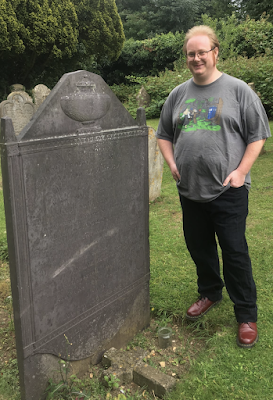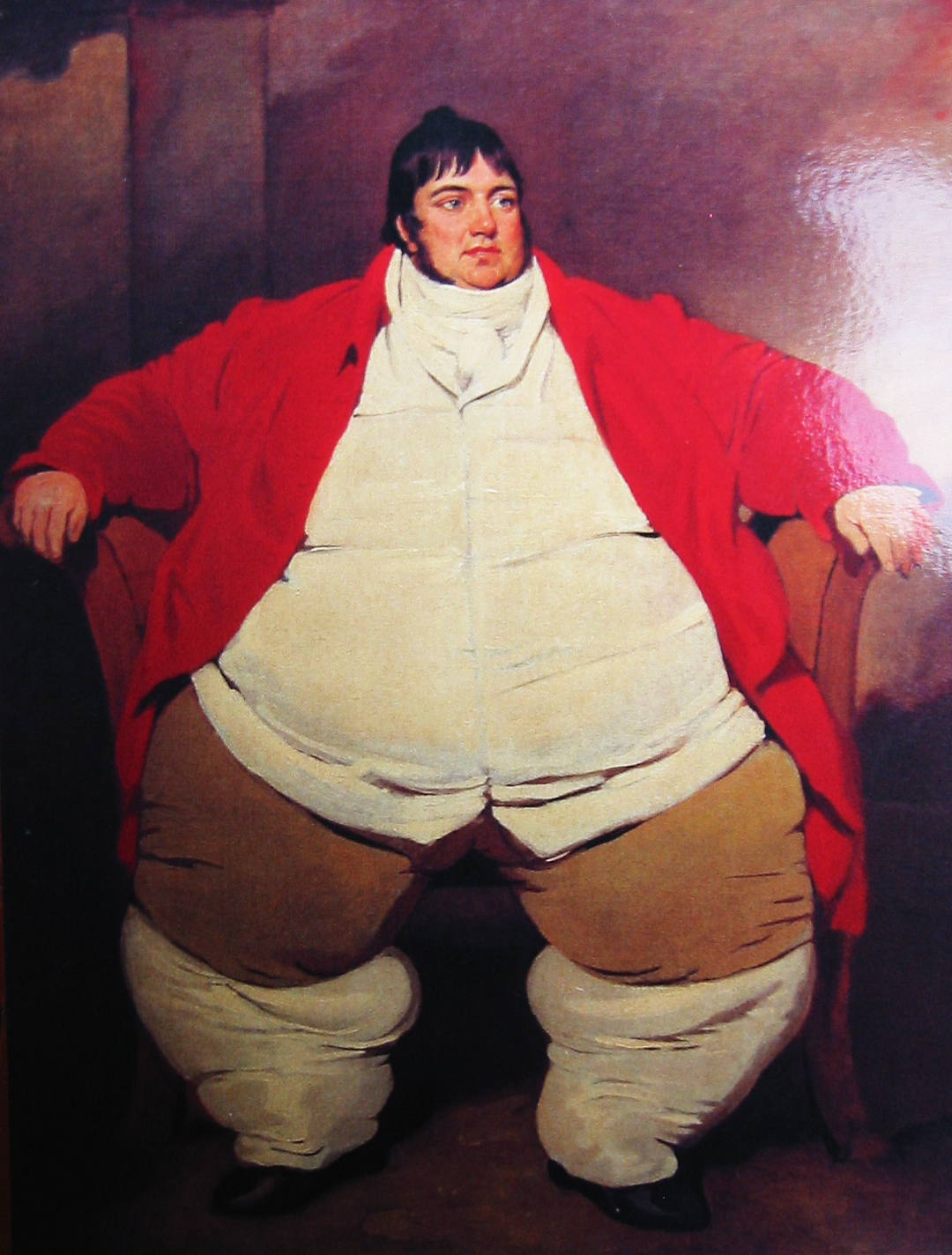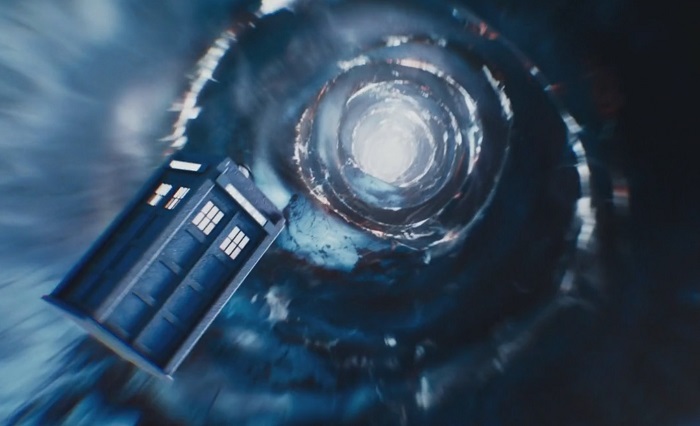As I pulled out books I fancied reading in the year ahead, I found myself piling them up into discreet groups with vague but persistent thematic similarities. One of these piles consisted of novels related to time-travel and January being the month of new beginnings, time-travel seemed appropriate. In all, I read eight books that featured time-travel somewhere in the blurb and it was interesting to see how a concept can be spun in many different directions and came to a few interesting conclusions.
First of all, it’s interesting how rarely time-travel is used for its own sake. Only one of the eight books was really about time-travel. The Society of Time by John Brunner told the story of a world in which the Great Armada had succeeded and the future was based on the traditions of Imperial Spain. As such, it is now 1988 and the world is stagnated technologically and socially. There hasn’t been an agricultural or industrial revolution, slavery is still common and women are also property – but there is time-travel. In this case, the discovery was made by a priest and functions by a simple machine of alternating metal pieces. This discovery is regulated by The Society of Time, a religious order who function as both time police and pious monks. I found the mixture of religion and time travel particularly interesting as there’s a notion that God has ordained time to be as it is and going back and interfering is messing with the divine plan.
This means when an exquisite piece of Peruvian art looks too new, it’s an offence against the church as well as time. It’s important that the item is returned in a way that vibes with history as it has already been played out. Things are even trickier when renegade members of the society attempt to create the perfect killers and things go a little wrong. Finally, it all goes wrong and history is changed. The notion is that any reality with time-travel in it is too unstable, too vulnerable to people going back to have a little tinker that it will eventually become one without time-travel, that people will stop going and changing things only when the option is no longer available. This means poor Don Miguel, a decent and intelligent if not particularly fleshed out protagonist, is stranded in a world completely different to any he knows – ours. The seemingly alternate reality world isn’t at all, it’s our world as it originally was before people mucked about with it.
While The Society of Time showed time-travel as having huge implications, even reality warping possibilities, the rest of the books were more content with using time-travel to explore personal stakes. Only HG Wells’s OG time-travel story, The Time Machine travelled into the future. The Time-traveller introduces the idea of time as a fourth dimension, and like the ones of height, length and width can be travelled in. So he does, taking his machine to the far, far, distant future.
What I found most interesting about the book is how the Time-traveller puts together his observations to form theories. He notices that there are no private houses, only large communal dwelling places and decides it’s the result of a form of communism. Then, watching the innocent future people, the Eloi, frolic around without any animals or even stinging plants, he concludes that he is seeing humanity after their peak - that he has stumbled into a world post-utopia where humanity solved all life’s problems and as a result are devolving. I really liked this idea of post-utopia, that it’s only through having problems to solve that humanity reaches towards its best self, the Eloi are so blasé that they accept one of their number drowning without even trying to help.
It’s the discovery of the Morlocks, the albino, underground troglodytes that changes his views, there was only utopia for some. Seeing they come from underground, hearing machinery coming from beneath and seeing how the Eloi are clothed and fed without any effort on their part, he now concludes that the Eloi are the idle class and the Morlocks a working class mutated to serve them… However, when he travels under the ground and sees a Morlock feast, he realises the truth, that the (literal) underclass are (literally) eating those above them. It’s this parable, this warning that the book is really about and time travel was our way of getting there.
Where Were You, Robert by Hans Magnus Enzensberger also uses time-travel to explore other ideas. Robert is a teenager who finds that when he stares at an image and rubs his eyes, he falls into it and the time it was created. First he falls into a documentary about Soviet Siberia and finds himself there, then he goes to the cinema and falls into its filming in Australia, then an old photo, even sketches. A particular problem for Robert is that he can only fall backwards in time as images are always created before the time he is in. Another problem is acclimatising and adjusting to the different places and times he finds himself in.
At first, I thought the book was about that, about the ability for people to adapt and create new lives for themselves, Robert has to do it time and again. However, as the book continued, I began to realise it was about the strain of having to do that. The book takes place over two years in Robert’s personal timeline, he is changing in himself. Not only that but the need to create a new life in each new time and place means he becomes many different people; from spy, to painter, to brigand. How can Robert maintain his sense of self and what is a self when it can’t even be charted along a timeline? The book ends with Robert back in his own timeline and at the age he left, yet he’s had two years of intense development. There’s an odd, lingering queasiness to the way he’ll have to suppress the experiences he’s had and pretend to be the person he was which really lingers. After all this, Robert will never be the same Robert again. (Besides the fact that there isn’t any reliable way of knowing he won’t find himself shooting off into time again).
Another character who finds himself lost in time is Ibn Shalaby in Khairy Shalaby’s The Time-Travels of the Man Who Sold Pickles and Sweets. He has a bad case of the Billy Pilgrim’s, finding himself unstuck in time. As he wanders Cairo, he finds himself slipping into moments of the city’s history, from its founding to various rebellions and riots. He seems to have little control, barrelling into different times and situations. Sometimes he can sense where he’s going, occasionally seeing the future as layers above him, like a layers in archeology, going as far as tickling the feet of the future people walking above him. He’s not the only one, there are historians who wander in time but they seem to have more control than Shalaby. It’s surprising how many non-time-travellers accept the arrival of Shalaby and have met other time-travellers before - indeed, the whole essence and mechanics of time-travel are rather fuzzy.
Naturally they are fuzzy, like most of the time-travel books I’ve read, the travel is a tool to explore other elements. This book uses time-travel to explore ideas of psycho-geography and to create a picture of Cairo through the ages and the people who walked through it. Interestingly, the picture of the Egyptian people, specifically the ‘Brothers of Shalaby’, the vendors and kiosk-people, are downtrodden followers of every herd, invasion and coup. He traces this as a result of them being the serf class in the days of the Pharaohs and that this inherent servility is the secret of their survival through centuries of political torment. Beside the Ocean of Time by George Mackay Brown also sought to create this comprehensive overview of one place through time but the blurb lied, the main character didn’t travel in time at all, he was just someone daydreaming of other periods.
Finally, there were the books were time-travel was used to solve specific problems. The children in Dyan Sheldon’s The Difficult Job of Keeping Time had to go into the Victorian era and dodge some devious adults to find the deeds of a church which held time together. Al Choudrey in Ross Welford’s Time Travelling with a Hamster and Huck in Gillian Avery’s Huck and Her Time Machine went back to solve family problems.
Huck’s problem is that her family are known screw-ups, famous in their town for outlandish behaviour. She takes members of her family back in time to teach them a lesson but accidentally (and I’m not sure how) has them possessed by previous ancestors who turn out to be just as bad as the ones she lived with. The message being one of accepting your family despite their flaws. This is a strange book in general, the time machine (which is actual the one that HG Wells’s time-traveller used) is found in a dump by Huck’s brother, Barty. It’s actually Barty’s point of view we remain in and although Huck goes back in time, her brother, and so the reader, never does. There’s also a lot of fudging over the end over whether the story we just read actually happened or not, I found it quite an unsatisfying book.
Far more satisfying is Time Travelling with a Hamster, where Al is given a letter that his dead father had left him to open on his twelfth birthday. It turns out his father had built a time machine and wants Al to use it to prevent an accident which would later turn out to kill him. The time machine in this book is a mathematical code which runs on a laptop and displaces a connected object, in this case an old bath, in space-time. There’s a lot of fun in the book about the machine being such an unwieldy object, this is further complicated that it is located in a secret basement in their old house and Al has to repeatedly break into the house to use it.
This was also the only book other than The Society of Time which had actual time-travel rules, something I was expecting a lot more of. HG Wells’s protagonist goes to the future which is less paradox heavy, Ibn Shalaby and Robert interact with the past but don’t seem to change anything in particular, Huck’s story may or may not have happened and the children in The Difficult Job of Keeping Time go on their quest to change one thing and there’s no particular consequence to their other actions. The main rule in Time Travelling with a Hamster is that a person can’t travel to where they already are, a no doppelgänger rule. However, his attempt to save his dad does have a horrifying effect, in that he (and the hamster, Alan Shearer) accidentally kill his dad at the age of eight. Rather than wipe Al out of existence it leads him back to a present where his Dad is still dead but his mum has no idea who he is. It’s a scene which taps into a really strong childhood fear of having your parents not recognise you. I leave it to any reader to see how that gets cleaned up.
My month of time-travel books was a really interesting little exercise which made me realise how peripheral the time-travel is to so many stories about it and also made me realise how many stories using this device are still out there, many unwritten.








